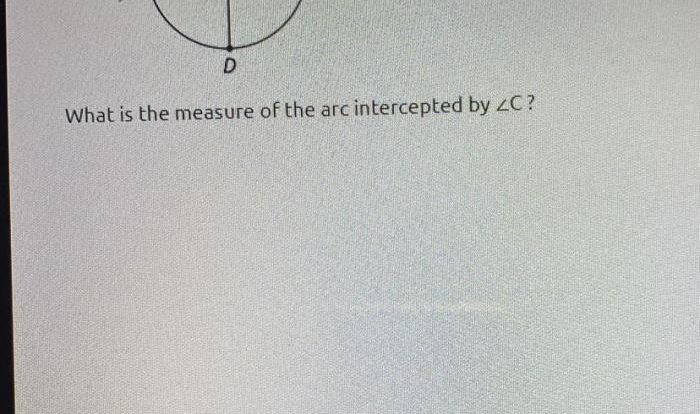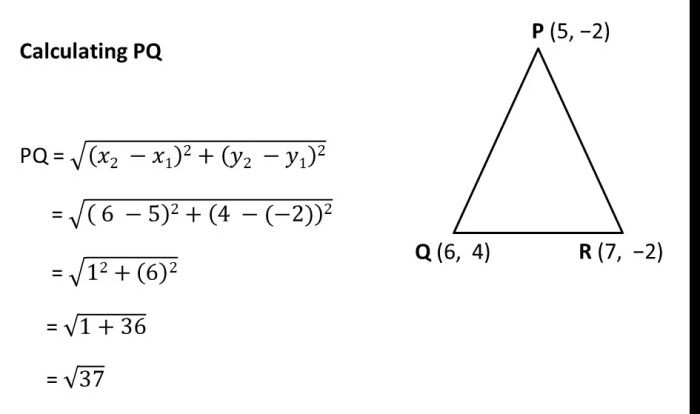Unit 7 polygons & quadrilaterals homework 1 angles of polygons – Unit 7 Polygons & Quadrilaterals Homework 1: Angles of Polygons delves into the fascinating world of polygons and quadrilaterals, unraveling the intricate relationship between their sides and angles. Embark on a journey of discovery as we explore the properties and applications of these geometric shapes that form the foundation of countless structures and designs in our world.
Polygons, with their varying numbers of sides, and quadrilaterals, with their unique characteristics, hold a wealth of mathematical insights. Prepare to be captivated as we delve into the angles of polygons, uncovering the patterns and formulas that govern these intriguing shapes.
Types of Polygons
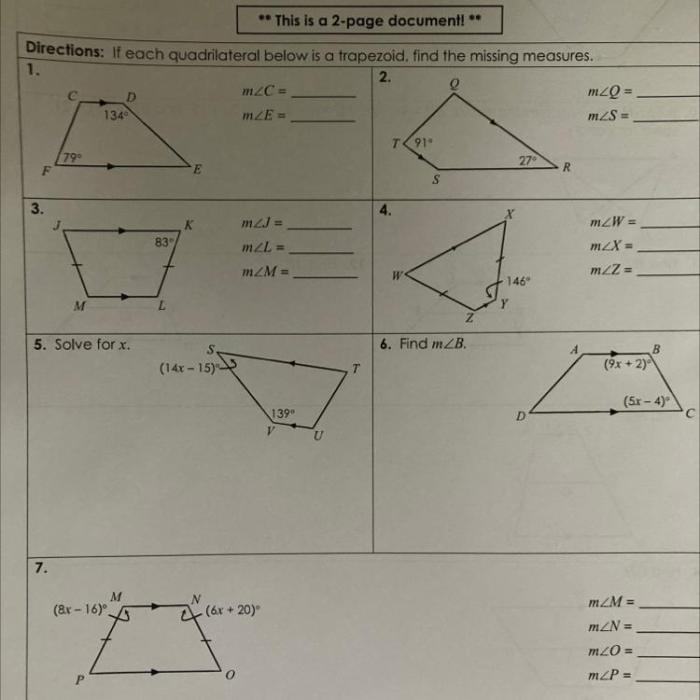
Polygons are closed, two-dimensional figures with straight sides. They are classified based on the number of sides they have.
- Triangle: 3 sides
- Quadrilateral: 4 sides
- Pentagon: 5 sides
- Hexagon: 6 sides
- Octagon: 8 sides
- Decagon: 10 sides
- Dodecagon: 12 sides
Angles of Polygons: Unit 7 Polygons & Quadrilaterals Homework 1 Angles Of Polygons

The sum of the interior angles of a polygon is directly related to the number of sides it has. The formula to calculate the sum of interior angles is:
(n
- 2)
- 180 degrees
where n represents the number of sides.
Quadrilaterals
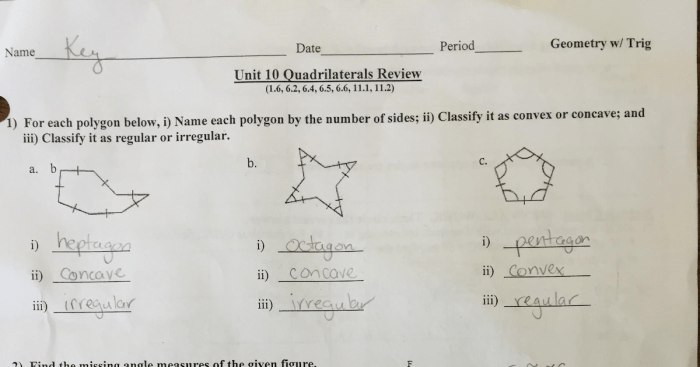
Quadrilaterals are polygons with four sides. They have specific properties, such as:
- Opposite sides are parallel.
- Opposite angles are congruent.
Types of quadrilaterals include:
- Square: All sides are congruent and all angles are right angles.
- Rectangle: Opposite sides are congruent and all angles are right angles.
- Trapezoid: One pair of opposite sides is parallel.
- Parallelogram: Opposite sides are parallel and congruent.
Angle Relationships in Quadrilaterals
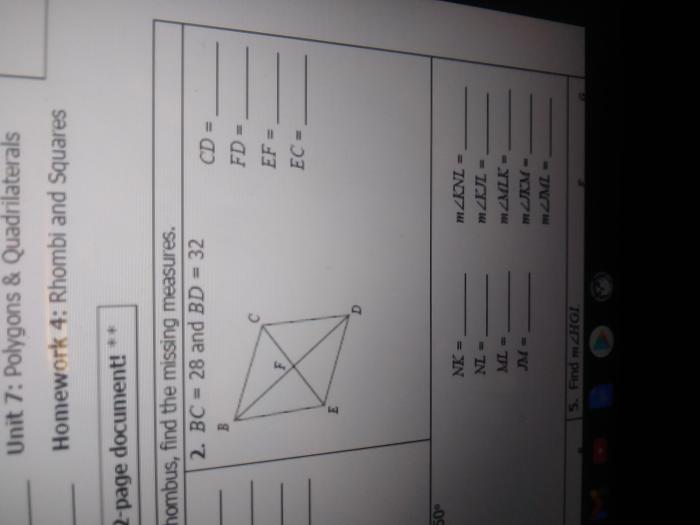
Quadrilaterals exhibit specific angle relationships:
- Opposite angles are supplementary (add up to 180 degrees).
- Adjacent angles are complementary (add up to 90 degrees).
Applications of Polygons and Quadrilaterals
Polygons and quadrilaterals find practical applications in various fields:
- Architecture:Buildings and structures often utilize polygons and quadrilaterals for structural stability and aesthetic appeal.
- Engineering:Bridges, towers, and other structures employ polygons and quadrilaterals for load-bearing capacity and stability.
- Design:Polygons and quadrilaterals are used in logos, graphics, and other design elements for their visual appeal and versatility.
Essential FAQs
What is the formula for calculating the sum of the interior angles of a polygon?
The formula for calculating the sum of the interior angles of a polygon with n sides is (n-2) x 180 degrees.
How can I determine the type of quadrilateral based on its angle relationships?
In a quadrilateral, if opposite angles are supplementary (add up to 180 degrees), it is a parallelogram. If adjacent angles are complementary (add up to 90 degrees), it is a rectangle. If all four angles are right angles, it is a square.
What are some real-world applications of polygons and quadrilaterals?
Polygons and quadrilaterals are used in architecture (e.g., buildings, bridges), engineering (e.g., trusses, beams), and design (e.g., logos, patterns). They provide structural stability, aesthetic appeal, and functional efficiency.
